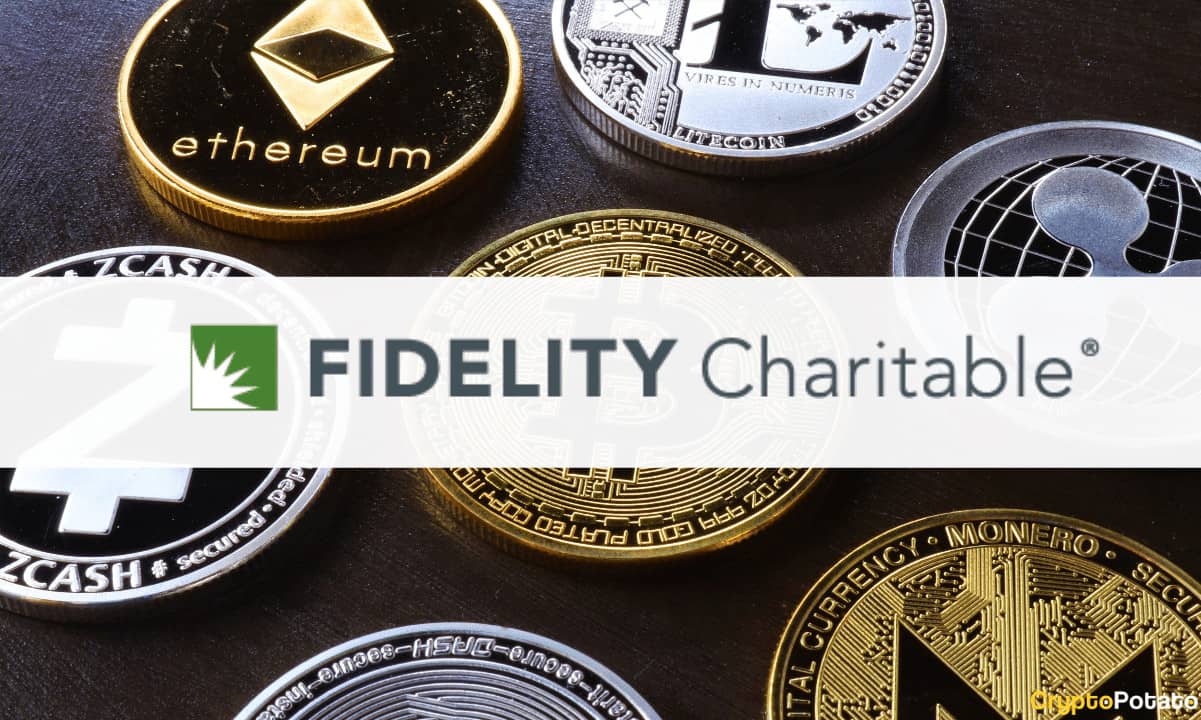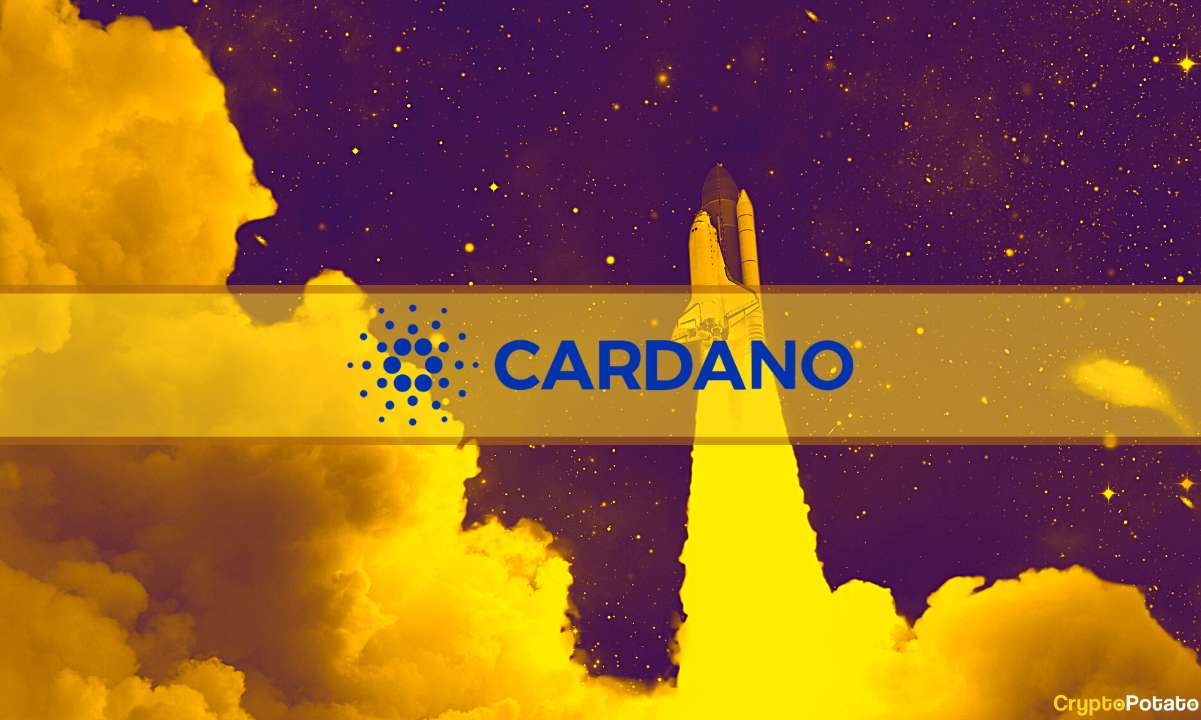Exploring CBDCs: Crucial Social Experiment or Digital Enslavement
Central Bank Digital Currencies (CBDCs) are slowly becoming a reality. The initial hype may have faded, but to crypto advocates’ disdain, these digitized versions of legal tenders appear to be inevitable. So far, 100 countries are reported to be exploring the concept in some form or the other.
Despite not yet being rolled out full-fledged, CBDCs have managed to attract numerous narratives.
Social Experiment?
Project Rosalind – a central bank digital currency (CBDC) initiative with the Bank of England, in joint participation run by the BIS Innovation Hub London Centre – developed 33 API functionalities and successfully explored more than 30 retail CBDC use cases covering a broad range of domains for both individuals and businesses.
Ripple also teamed up with Colombia’s central bank, Banco de la República, to pilot CBDC.
The recent events demonstrate that CBDCs have emerged as a powerful indicator of blockchain technology’s increasing importance, maturing beyond its initial perception as a fleeting craze, according to KuCoin. A spokesperson for the crypto exchange told CryptoPotato,
“With the rapid development of the Internet, e-commerce and online transactions have become more prevalent. Whether it’s CBDCs in various countries or blockchain-based cryptocurrencies, I think it’s all a great social experiment – bringing humanity into a new digital world.”
He further said these explorations deserve recognition and praise “as they will contribute to the progress of society and the building of a better world for mankind.”
One of the main factors that have driven conversion surrounding counterparty risk and the necessity to have a trusted service provider in an effectively regulated jurisdiction that is comprehensive, transparent, and logical is the abrupt collapse of Sam Bankman-Fried crypto empire – FTX.
To that extent, David Newns, Head of SIX Digital Exchange (SDX), believes CBDC initiatives across the world serve as empirical evidence that institutions prioritize fraud prevention, focusing on licensed service providers and currencies backed by the issuing central bank or government.
“After all, one of the main benefits of CBDCs against other cryptocurrencies is their higher level of safety, stability, and regulatory compliance. Using a high-quality, safe, and stable CBDC for the settlement of digital asset transactions would unleash the potential of the emerging digital assets ecosystem while reducing the overall risk profile of such transactions.”
Digital Enslavement
While many experts think CBDCs should be viewed as something positive for the blockchain community as they highlight government interest in the technology being used to mitigate global payment risk, many privacy advocates beg to differ. Their main argument is digital enslavement.
Speaking with CryptoPotato about the matter, Vineeth Bhuvanagiri, Managing Director of EMURGO Fintech, said if CBDCs are enacted properly, they have the potential to be a massive real-world use case for the technology.
However, it is important for the governments that are exploring this “need to fully understand what the technology is good for, and where it doesn’t add value, because I think a lot of the skepticism surrounding CBDCs is the intent to use them as a mechanism of capital control.” The exec went on to add,
“This would go against the core ethos of blockchain. The core value proposition of blockchain technology is uncensorable financial freedom and if the intent of the government is to impose more control, blockchain technology is not the proper tool to do so.”
To address this aspect, The Treasury Department’s Assistant Secretary for Financial Institutions, Graham Steele, said minimizing illegal transactions while maintaining user privacy is a major feature of a retail CBDC. He spoke about including Privacy Enhancing Technologies to protect user anonymity.
Steele laid out both benefits as well as risks of a possible CBDC, highlighting that it could promote a competitive payment environment. But the pushback from Presidential candidates Robert F. Kennedy Jr and Ron DeSantis has been substantial. The duo maintains that such a payment system would let the government have too much control.
Legal Challenges
Still in its infancy, SDX’s Newns said the main legal challenges will come in the context of global adoption and will depend on the perspective of the harmonization of regulatory frameworks and cooperation amongst central banks across the world to support interoperability and cross-border transactions.
Moving forward, the legal debates surrounding CBDCs will ultimately boil down to the privacy conversations and what limitations the government wants to put on them, as per EMURGO’s Bhuvanagiri. He said if the government treats CBDCs like cash, then once they are issued, they are free to move anywhere in the world. Such a scenario is deemed ideal as it would take advantage of the suite of benefits that blockchain technology brings.
“People would have the ability to hold custody over their own assets and transact with them as they choose, leading to increased financial freedom at the cost of increased risk of those funds being used for nefarious purposes. How the government monitors the transactions or limits them would be the hot topic of debate.”
The post Exploring CBDCs: Crucial Social Experiment or Digital Enslavement appeared first on CryptoPotato.









